Growth in E-commerce and Logistics
The expansion of e-commerce and logistics sectors is significantly influencing the Retro Reflective Label Market. As online shopping continues to proliferate, the need for effective labeling solutions for packaging and shipping has become paramount. Retro reflective labels are particularly valuable in logistics, as they enhance visibility during transportation and storage, thereby minimizing the risk of mishaps. Recent statistics indicate that the logistics sector is expected to grow by 7% annually, which directly correlates with the rising demand for efficient labeling solutions. This trend presents a lucrative opportunity for companies in the Retro Reflective Label Market to cater to the evolving needs of e-commerce businesses.
Increased Demand for Safety Labels
The Retro Reflective Label Market is experiencing heightened demand for safety labels across various sectors, including transportation, construction, and manufacturing. This surge is largely attributed to the growing emphasis on workplace safety and compliance with safety regulations. For instance, the use of retro reflective labels on vehicles and equipment enhances visibility, thereby reducing accidents and improving safety standards. According to recent data, the market for safety labels is projected to grow at a compound annual growth rate of approximately 5.2% over the next five years. This trend indicates a robust opportunity for manufacturers within the Retro Reflective Label Market to innovate and expand their product offerings to meet the evolving needs of safety-conscious consumers.
Rising Awareness of Brand Visibility
Brand visibility is becoming increasingly crucial in the competitive landscape, thereby impacting the Retro Reflective Label Market. Companies are recognizing the importance of effective labeling in enhancing brand recognition and consumer engagement. Retro reflective labels, known for their high visibility and aesthetic appeal, are being utilized in various marketing strategies to attract consumers. As businesses strive to differentiate themselves in crowded markets, the demand for innovative and visually appealing labels is expected to rise. Market analysis suggests that the branding segment within the Retro Reflective Label Market could witness a growth rate of approximately 5.5% annually, driven by the need for enhanced brand visibility.
Technological Innovations in Labeling
Technological advancements are playing a pivotal role in shaping the Retro Reflective Label Market. Innovations such as digital printing and advanced adhesive technologies are enabling manufacturers to produce high-quality, durable labels that meet diverse application requirements. The integration of smart technologies, such as QR codes and RFID tags, into retro reflective labels is also gaining traction, allowing for enhanced tracking and information dissemination. As businesses increasingly seek to leverage technology for operational efficiency, the demand for technologically advanced labels is expected to rise. This shift could potentially lead to a market growth rate of around 6% annually, reflecting the industry's adaptability to technological changes.
Environmental Regulations and Sustainability
The Retro Reflective Label Market is increasingly influenced by environmental regulations and sustainability initiatives. As governments and organizations worldwide implement stricter environmental policies, there is a growing demand for eco-friendly labeling solutions. Manufacturers are now focusing on producing retro reflective labels using sustainable materials and processes, which not only comply with regulations but also appeal to environmentally conscious consumers. This shift towards sustainability is expected to drive market growth, with projections indicating a potential increase of 4.5% in demand for eco-friendly labels over the next few years. Companies that prioritize sustainability in their product offerings are likely to gain a competitive edge in the Retro Reflective Label Market.


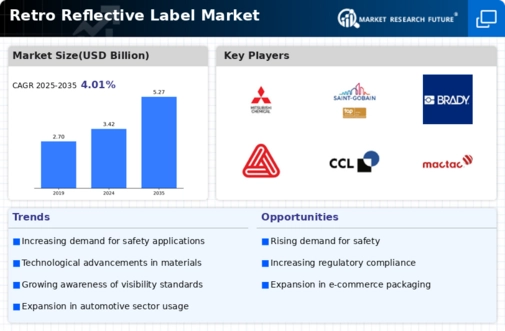

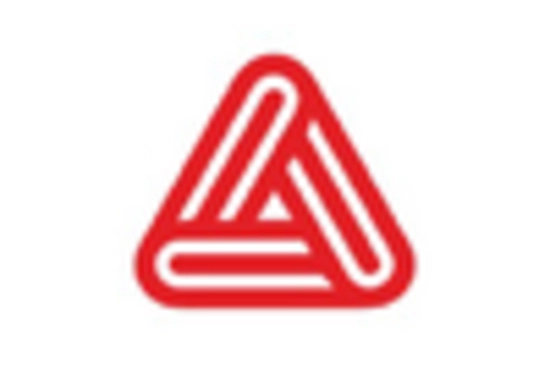
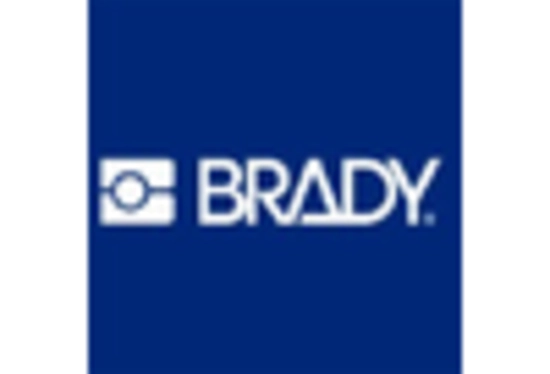
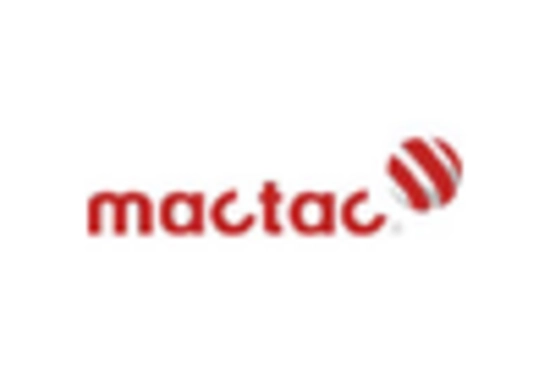
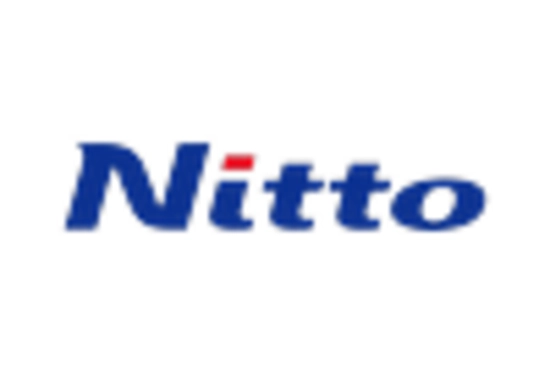
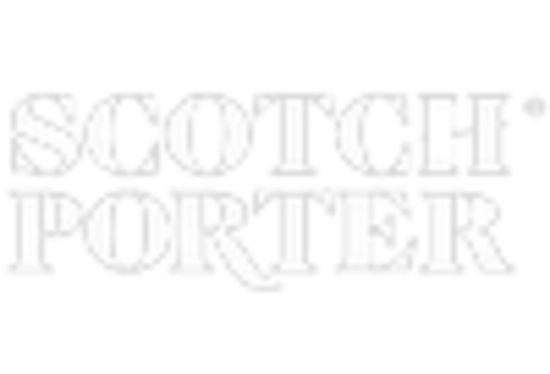








Leave a Comment